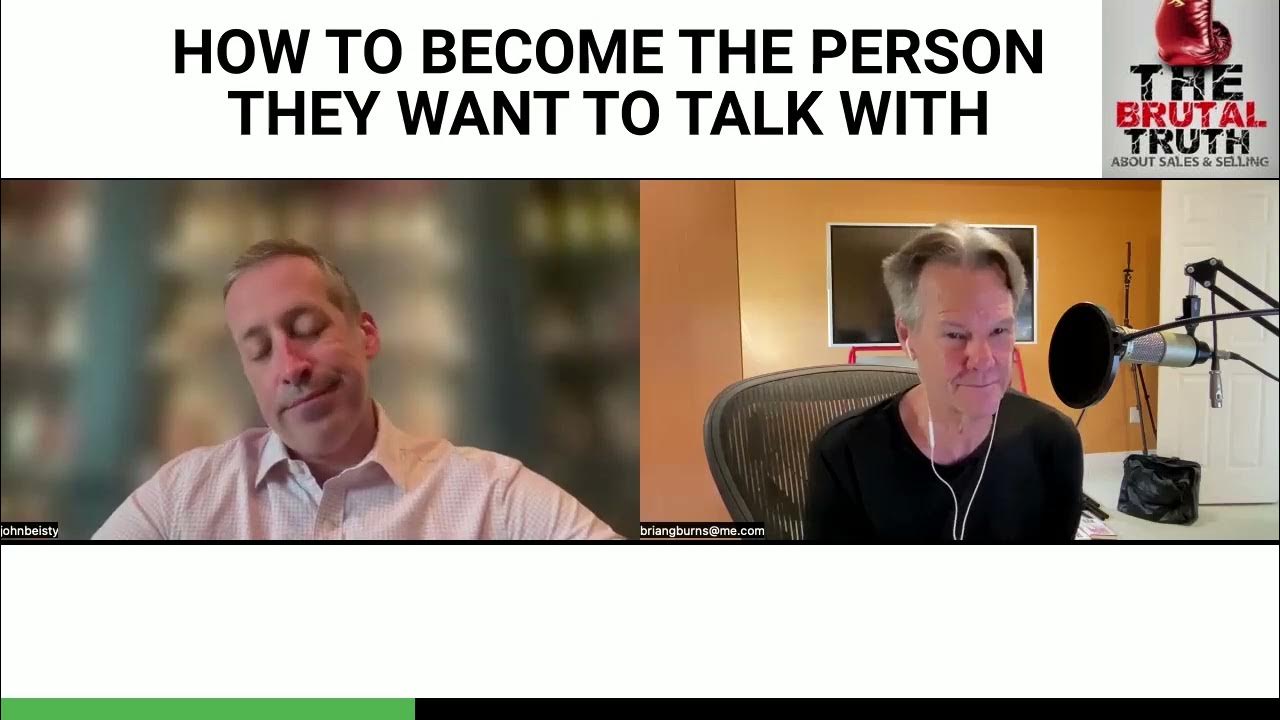Lessons Learned in (Selling) Software Testing - Test Bash NY Keith Klain
Summary
TLDRIn this insightful talk, the speaker, with over 20 years of experience in software testing, shares his journey from enterprise IT to starting a context-driven testing practice. He humorously reflects on the challenges of testing's perception within organizations and the importance of understanding 'why' we test. The speaker emphasizes the need for testers to align their work with business objectives, be hands-on in management, and avoid creating a 'third culture' separate from the rest of the team. He also addresses the 'smarty pants syndrome' in the testing community, advocating for humility and effective communication to enhance the value of testing within tech companies.
Takeaways
- 😀 The speaker humorously shares a personal anecdote about his son's reaction to him speaking at a conference, highlighting the importance of context in communication.
- 🔍 The speaker emphasizes 20 years of experience in software testing, mostly in large non-technical companies, which shapes his perspective on enterprise IT.
- 💡 He stresses the importance of understanding 'why' we test, suggesting that many in the industry focus on 'how' rather than 'why', leading to a lack of strategic testing.
- 🤖 The speaker criticizes the 'robotic' approach to test management, where metrics are used to drive testing without a clear understanding of the business value.
- 👥 There's a noted separation between testers and the rest of the team, which the speaker suggests is a self-inflicted issue by the testing community due to a third culture phenomenon.
- 🗣️ The speaker advises against the 'smarty pants' syndrome, where testers correct others' language use excessively, which can alienate team members.
- 🏔️ He uses the metaphor of the 'Hillary Step' on Mount Everest to describe the challenges and realizations one faces in a software testing career.
- 🔗 The speaker suggests aligning testing activities directly with business objectives to ensure they have a clear impact on the company's bottom line.
- 👷♂️ Test management should be 80% hands-on, with managers spending most of their time in testing activities, not just administrative tasks.
- 🤝 He encourages testers to approach discussions with humility and self-awareness to foster better relationships and understanding within teams.
Q & A
What was the speaker's son's initial reaction to his father speaking at a conference?
-The speaker's son initially thought it was sad that people had to pay to hear his father speak.
How long has the speaker been working in software testing?
-The speaker has been working in software testing for about 20 years.
What type of organizations does the speaker primarily have experience with?
-The speaker has experience with large financial service organizations, insurance companies, and telecommunications companies, which are non-technical companies that build software.
What is the speaker's view on people calling themselves experts?
-The speaker advises skepticism towards people who call themselves experts, suggesting that they might be under an illusion, and emphasizes the importance of context and personal experience.
Why did the speaker leave his job at Barclays to start a software testing practice?
-The speaker left his job to start a software testing practice based on context-driven principles, seeking to work with people to improve testing ideas rather than just maintaining his job.
What is one of the key observations the speaker made after starting his practice?
-One of the key observations the speaker made was that people often don't discuss why they are testing, which he believes starts at the top with company culture.
What does the speaker criticize as a pervasive issue in the testing community?
-The speaker criticizes the tendency to focus on 'how' to test rather than 'why', leading to a management approach that treats testers like robots.
What advice does the speaker give regarding the use of outsourcing in testing?
-The speaker advises that outsourcing should never exceed 70% of the testing function to avoid creating a third culture and to maintain a closer alignment with the rest of the team.
How does the speaker describe the role of a test manager?
-The speaker believes a test manager should spend 80% of their time on hands-on activities such as testing, mentoring, peer reviews, and coaching to add more value to the organization.
What metaphor does the speaker use to describe a career in software testing?
-The speaker uses the metaphor of climbing Mount Everest, specifically the Hillary Step, to describe the career in software testing, indicating that after reaching a certain point, there is still a lot of hard work to reach the summit.
What does the speaker suggest as a way to align testing activities with business objectives?
-The speaker suggests that testers should be able to draw a direct line between their testing activities and the bottom line or profitability of the business, ensuring that testing efforts are aligned with business objectives.
Outlines

هذا القسم متوفر فقط للمشتركين. يرجى الترقية للوصول إلى هذه الميزة.
قم بالترقية الآنMindmap

هذا القسم متوفر فقط للمشتركين. يرجى الترقية للوصول إلى هذه الميزة.
قم بالترقية الآنKeywords

هذا القسم متوفر فقط للمشتركين. يرجى الترقية للوصول إلى هذه الميزة.
قم بالترقية الآنHighlights

هذا القسم متوفر فقط للمشتركين. يرجى الترقية للوصول إلى هذه الميزة.
قم بالترقية الآنTranscripts

هذا القسم متوفر فقط للمشتركين. يرجى الترقية للوصول إلى هذه الميزة.
قم بالترقية الآنتصفح المزيد من مقاطع الفيديو ذات الصلة

Software Testing Tutorial Introduction and Course Topics - Software Testing Bootcamp

BECOMING THE PERSON CLIENTS WANT TO SPEAK WITH - The Brutal Truth about Sales Podcast

Software Engineer - Career Exploration for Teens!

Why you should get out of QA / Testing

Geoffrey Moore - The Chasm Has Evolved

Джош Кауфман: Как за 20 часов научиться чему угодно? [Ted на русском]
5.0 / 5 (0 votes)
